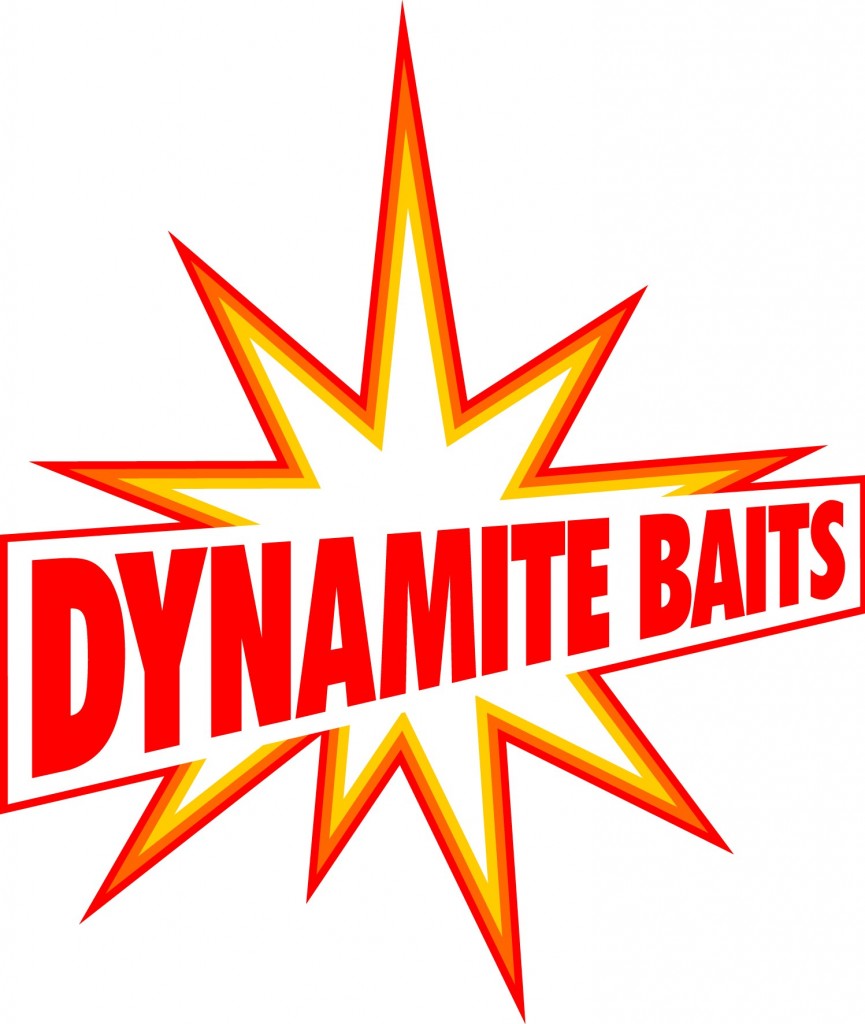Close season dates, and where it applies.
Rivers, streams and drains (and some canals and stillwaters)
The statutory coarse fish close season applies between 15 March and 15 June (inclusive). It applies on all rivers, streams and drains in England and Wales, and to some canals and some stillwaters.
So its coming up to that time again to give the river a go
theres a few
The Hampshire Avon 
The River Avon is one of England's most famous rivers, and is revered by all anglers for the quality of fish that live in it. This river creates a certain mystique that captivates the attentions of fishers from all walks of life.
The River Avon rises in the Vale of Pewsey and, with its tributaries the Bourne and Wylye, drains the chalk of Salisbury Plain. The River Nadder, which is joined by the Wylye near Salisbury, drains the escarpment of the South Wiltshire Downs and the Kimmeridge clays of the Wardour Vale. The River Ebble and Ashford Water also drain the South Wiltshire Downs and join the Avon downstream of Salisbury and Fordingbridge respectively. Below Fordingbridge, a number of streams drain the New Forest area.
The Avon finally drains into Christchurch harbour, where it is joined by the Rivers Stour and Mude before discharging into the English Channel.
Dun
The River Dun is the shortest of the Test tributaries, but one of the most substantial. It rises above Lockerley and flows down through Dunbridge. Soon after Dunbridge it becomes part of the Mottisfont Abbey Estate before joining the main river at Mottisfont.
Itchen
The River Dun is the shortest of the Test tributaries, but one of the most substantial. It rises above Lockerley and flows down through Dunbridge. Soon after Dunbridge it becomes part of the Mottisfont Abbey Estate before joining the main river at Mottisfont.
Test
In every respect, the River Test is the pre-eminent chalk stream. Physically, it is the longest; 39 miles from source to estuary. Historically, it is generally regarded as the birthplace of modern fly fishing.
The Test rises in north Hampshire. It then travels on a south-west curve, growing in width and flow as first the Bourne, and then the Dever and the Anton join the main river. Below Stockbridge the river becomes appreciably bigger, then the Wallop Brook and the Dun join the main river and it is only south of Romsey, a few miles from the sea that the River Test finally becomes one single channel.
But I would always check with the Ea on what aeras you can fish








.jpg)
.jpg)





